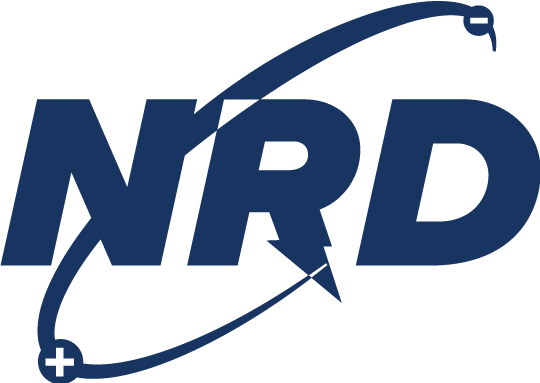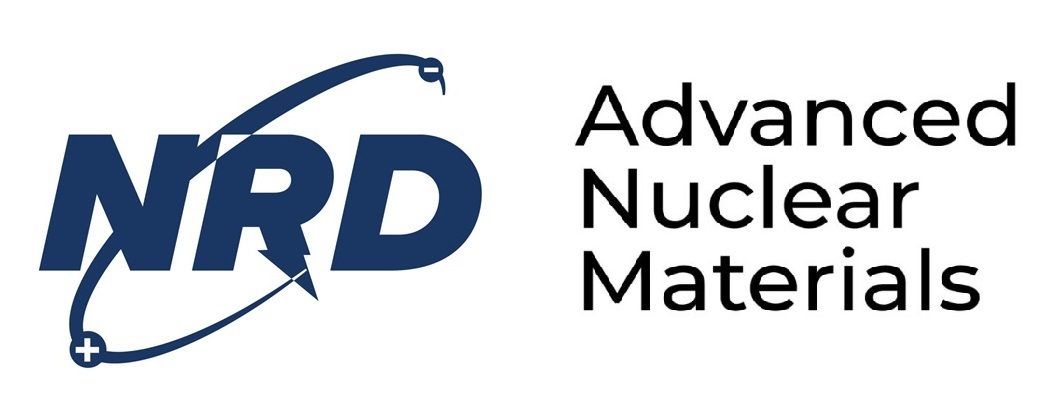Applications & Technical Information
Literature
Product Manuals
NRD, LLC offers a wide range of static control products utilizing alpha technology. Click below to explore our product manuals and learn more about our products!
Product Data Sheets
NRD, LLC is proud to offer a wide range of static control products to manufacturers globally. Explore our data sheets below to learn more in depth about our products!
Applications by Industry
Electronic Devices & PCB
Printed Circuit Board (PCB) & Electronic Assembly
product production processes such as PCB manufacturing and assembly, surface mount technology, device programming, medical device manufacturing and testing, final inspection, damage during transfer of PCBs, pin holes in lithium-ion battery separators, trapping of film during fuel cell sheet unwinding, Uneven coating of PCBs, electronic components stuck in feeder bowl.
Flat Panel Display Manufacturing
Glass
Medical Device Manufacturing
Ionization solves particulate contamination in many global life science companies.
Metals
Aluminum dust and steel dust leading to explosions hazards, alignment issues of plates and film.
Front End Semiconductor Manufacturing
Back End Semiconductor Manufacturing
Resin and Film
Molded resin parts sticking in mold, labeling issues, clinging film
Painting & Refinishing
Blemishes in paint finishes, headlamp contamination, plastic sheeting contamination, paint film contamination, non-consistent metallic laydown, blending color matching issues, uneven paint application, fisheyes, dust and dirt contamination.
Frequently Asked Questions
Given the choice of using an Alpha ionizer or an AC ionizer, which technology should I select?
Because selecting an appropriate technology to affect useful static control is complex, we offer help through our toll free number. Our application engineers can help you select the best technology for your need. However, some of the considerations we take into account are the application environment, placement and size restrictions, an estimate of the charge generation rate, the required neutralization rate, and the tolerable residual voltage after treatment.
For example, suppose your application involves removing a static charge from a plastic part in a volatile atmosphere. In this case, the overriding consideration is the volatile atmosphere and we would recommend the alpha technology because it utilizes no electrical power supply, which could trigger a fire or explosion.
The Benefits of Alpha Technology
Another application that would benefit from alpha technology is removing static generated during the manufacture of read and write heads for use in computer hard drives. These devices are sensitive to very low voltages, and alpha technology always produces an equal number of positive and negative ions, which can, with high reliability, bring the residual voltage to zero. In the absence of a volatile atmosphere, an example of where we might recommend electrical technology would be one where there were large sheets of material, such as 4′ by 10′ plastic, coming off a press or roller and they are highly charged with static electricity.
How do Alpha Ionizers work?
Alpha ionizers use a radioactive element that emits Helium ions from its nucleus. The emitted Helium ion has sufficient energy to travel about 3 centimeters in air. As it travels it strips electrons from surrounding air molecules. Each gas molecule that loses an electron becomes a positive ion. The free electron quickly attaches to another gas molecule and it becomes a negative ion. In this way, each alpha particle that is emitted always creates one positive and one negative ion. Hence, alpha ionizers produce an intrinsically balanced output.
How do Corona Ionizers work?
Are there any special handling instructions I need to know?
Because each product is designed for a different application, it may have unique mounting, power, or environmental requirements. Our application engineers are trained to assist you select the best static eliminator for your application, and will discuss any special requirements with you. Every static eliminator is delivered with installation, care and operating instructions. If you have any questions or concerns, please call our toll free number.
Can I become contaminated using an Alpha Ionizer?
Our alpha ionizer static eliminators contain a small amount of radioactive material and are considered sealed sources. Before NRD is granted a license to manufacture and distribute a static eliminator containing radioactive material, the design must pass a safety analysis and battery of tests mandated by state and federal agencies, and defined by ANSI/ISO standards. Our manufacturing processes and quality assurance procedures are reviewed and audited to assure compliance.
Every alpha ionizer is leak tested before shipment. NRD has been manufacturing and distributing alpha ionizers for over 30 years, and during that time the only instances of contamination were when the integrity of an ionizer was compromised by physical abuse, such as drilling a hole through it or cutting it. If you have any questions or concerns, please call our toll free number.
What is the difference between shockless and hot static eliminators?
Hot static eliminators are constructed so that the emitter pins are directly coupled to the high voltage power supply.
NRD offers both types of ionizers.
Can I clean my Alpha Ionizer?
Why do I need to replace my Alpha Ionizer every 12 months?
NRD Alpha ionizers use a small amount of radioactive material that has a half-life of 138 days. After 12 months have elapsed, the activity of the device has reduced to 15% of its original activity and should be replaced to assure optimal static control of your process. In addition, the regulatory body that governs the manufacture and distribution of our devices requires that all our alpha products be inspected 13 months after manufacture. By returning the device to NRD, we can perform the required testing on our customer’s behalf.
Technical References
Alpha Ionization for Neutralizing Sensitive Components in Tight Confines
Ion Air Amplifiers Improve Finishes in Automotive Applications
The Use of Electrostatic Fieldmeters
Static Eliminators Help Speed Presswork and Folding
Nuclestat® Ionizing Bars Help Improve Yields and Solve Static Problems
Ionizing Bars Smooth
Laminating Process
Sensitive Microscopes Attract
Dust and Dirt,
Extrusion Process Creates Dangerous Static:
How To Optimize Ionizer Performance
Ionized Air System Solves Static Problems On Air Lifts
Controlling Static on
a Moving Web
Industry Whitepapers
Dealing with Electrostatic Charge in Analytical Balances
Analysis of the Performance of Air Ionizers in Nitrogen
Eliminating Inaccuracy in Precision Weighing Caused by Static Charge
Design of a Critical Application Air Ionizer for
Semiconductor Manufacturing

NRD, LLC USA Headquarters, Sales & Manufacturing
2937 Alternate Blvd
Grand Island, NY 14072
NRD Asia Pte. Ltd.
26 Kallang Place, #06-17
Singapore 339157
Phone:
+65 6679 1707

NRD, LLC USA Headquarters, Sales & Manufacturing
2937 Alternate Blvd
Grand Island, NY 14072
NRD Asia Pte. Ltd.
26 Kallang Place, #06-17
Singapore 339157
+65 6679 1707


